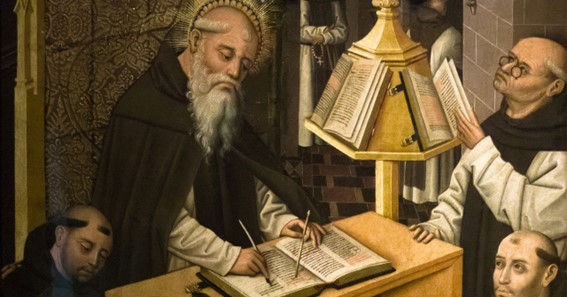Are you curious to know what is a historical narrative? You have come to the right place as I am going to tell you everything about a historical narrative in a very simple explanation. Without further discussion let’s begin to know what is a historical narrative?
History is a tapestry woven with the threads of time, stories, and experiences. At the heart of this tapestry lies the historical narrative—a storytelling approach that brings the past to life. Historical narratives serve as windows into different eras, cultures, and events, allowing us to comprehend and interpret the complexities of history. In this article, we will delve into the concept of historical narratives, explore their significance in understanding the past, and appreciate the role they play in shaping our collective memory.
What Is A Historical Narrative?
A historical narrative is a form of storytelling that recounts events, experiences, and people from the past. It weaves together factual information, personal perspectives, and contextual details to create a coherent narrative that helps us understand historical events and their significance. Historical narratives can take various forms, including books, oral histories, documentaries, and even digital media.
The Significance Of Historical Narratives:
- Preserving Cultural Heritage: Historical narratives play a vital role in preserving cultural heritage. They document the customs, traditions, and values of societies, providing a link between past and present generations. By recounting historical events through narratives, we ensure that our cultural legacy is passed down and cherished.
- Understanding Historical Context: Historical narratives provide a deeper understanding of historical events by placing them in their proper context. They explore the political, social, economic, and cultural factors that shaped specific moments in history. By contextualizing events, historical narratives offer insight into the motivations, actions, and consequences of individuals and societies.
- Engaging and Empathizing with the Past: Historical narratives have the power to engage readers or listeners by presenting history in a relatable and humanized manner. They introduce us to the people, their stories, and their struggles, fostering empathy and connection with the past. Through these narratives, we can better appreciate the complexities of historical events and the diverse perspectives of those who lived through them.
- Shaping Collective Memory: Historical narratives contribute to the construction of collective memory, the shared understanding and interpretation of the past within a community or society. They influence how events are remembered, commemorated, and understood. Historical narratives shape our collective identity and help us learn from the past to inform our present and future.
Challenges In Historical Narratives:
It’s important to acknowledge that historical narratives can be subject to bias, interpretation, and the limitations of available evidence. Different perspectives, political ideologies, and cultural influences can shape the narrative, leading to variations in how events are portrayed. Historians and scholars strive to present balanced and evidence-based narratives, but it is crucial for readers and listeners to critically engage with historical narratives and consider multiple sources.
Conclusion:
Historical narratives serve as a gateway to the past, allowing us to explore and understand the complexities of history. Through storytelling, these narratives preserve cultural heritage, provide historical context, engage readers or listeners, and shape our collective memory. While historical narratives may differ based on perspectives and interpretations, they contribute to a deeper appreciation of our shared human experience. By exploring historical narratives, we gain valuable insights into the triumphs, struggles, and lessons of the past, guiding us on our journey towards a more informed and compassionate future.
Get more information about cast on Starcasto
FAQ
What Is The Meaning Of Historical Narrative?
Historical narratives give accounts of real-life. experiences. They are either written by a person who actually experienced those events OR a person who has observed or studied them extensively. Historical narratives may be primary sources, which present direct, firsthand knowledge.
What Is An Example Of A Historical Narrative?
Historical Narratives
- Titanicat.
- Sailing the Unknown.
- Burn: Michael Faraday’s Candle.
- Surviving the Hindenburg.
- In Flanders Fields.
- Life During the California Gold Rush.
- California Gold Rush!
- Murphy, Gold Rush Dog.
How Do You Write A Historical Narrative?
A historical narrative paragraph has three main parts. The topic sentence states the topic and focus of the story. The body sentences explain the main actions of the story. The ending sentence wraps up the historical narrative in an interesting way.
What Are The Key Features Of A Historical Narrative?
The elements of a good historical narrative
Whatever your source of inspiration, I postulate that it falls into one of six basic categories: time, place, person(s), event(s), culture, or legend. Some might argue that culture is nothing more than the convergence of time and place—and in some cases, that’s true.
I Have Covered All The Following Queries And Topics In The Above Article
What Is The Best Description Of Creating A Historical Narrative
What Is A Historical Narrative?
What Is The Best Description Of Creating A Historical Narrative?
What Is An Example Of A Historical Narrative
What Is A Legendary Expansion Of Historical Narrative Is Called
What Is A Historical Narrative
How do you identify a historical narrative
What is the meaning of historical narrative
How do you identify a historical narrative
